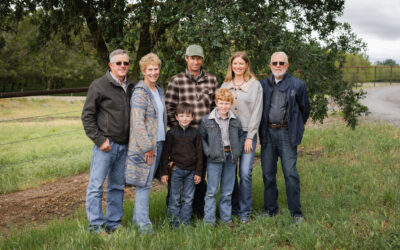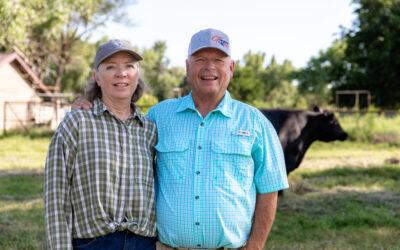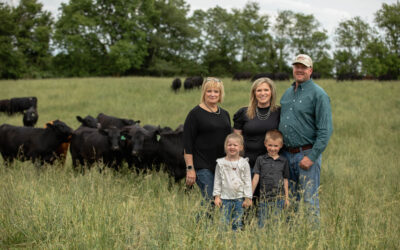Angus Therapy
Besides a set of old scrapbooks that reveal a rich history in the Angus breed, Abbie Nelson’s table is tidy, well kept like the rest of the place.
“It’s not always this way,” she says of the family gathering spot, “especially not during breeding season. We AI all the cows and that’s always a big decision time.” Books sprawl across the table, dinner plates replaced by spreadsheets as precise detail goes into selecting Five Star Land and Livestock’s next outcross, determining their own coefficient, and so forth.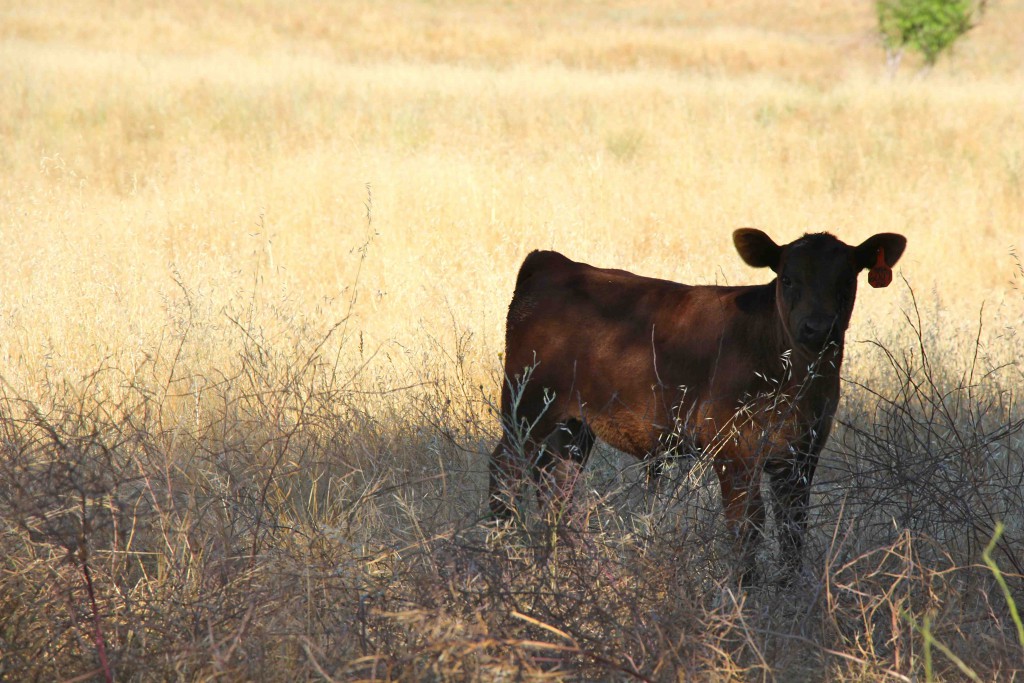
“It’s an added benefit to our customer,” she says of the focus on quality and the subsequent dollars it can bring at harvest. “We look for high accuracy carcass EPDs, then of course we DNA all of our bulls with the Zoetis HD50K test.” They’ll ultrasound, too. When it comes to marbling, $W and $B EPDs, “way above average” sets the threshold.
An ideal cow has a minimum frame score of six. Quick to cull on problems with fertility, docility, “We like a big top with muscle expression, nice udders, good feet and legs,” Abbie says.
Specifically designed for the California customer, the Nelsons have both spring and fall herds, but are steadily transitioning to just the latter. Calving ease is particularly important for fall calvers as customers tend to use a yearling bull purchased in September and turned out with heifers in November.
If it seems like too much detail, it’s actually to the contrary. Five Star’s just another example of a registered operation that enjoys getting down to the nitty gritty and sticks with the Angus breed because of it.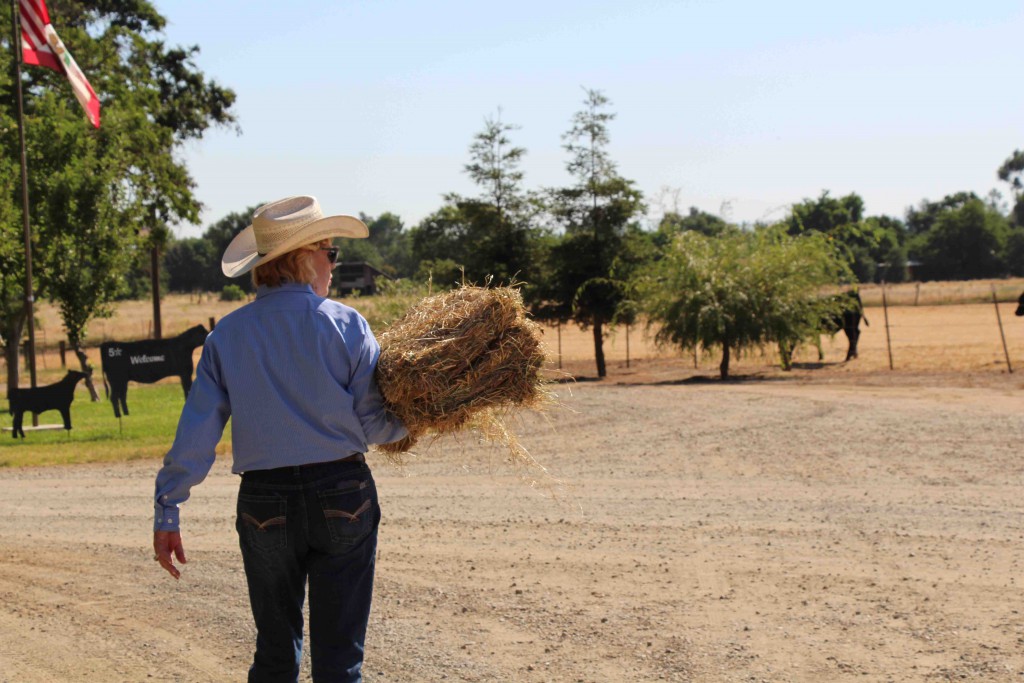
“I just love the ride,” she says as we gaze at the herd, the sun beginning to set.
Remember that good California light I was hoping to catch? I nearly missed it, but so be it when you start talking cattle.
Thanks for allowing me to tell your story,
Laura
PS – If you wonder how Mark and Abbie Nelson have time for all the decisions that come with maintaining a successful registered herd, that’s not all they do! Check out Friday’s post to see how they wear the “host” hat as well.
You may also like
Legacy in the Golden Land
On a quiet stretch of Northern California rangeland, a different story unfolds. The Borror family’s legacy modestly speaks through the cattle they raise, the ground they steward. The generations who’ve made a life here demonstrate commitment to doing things right, even when no one is watching.
Helping Hands, Helping Herds
“When I die, I want to come back as one of your cows,” murmurs a friend to Steve Zybach. Full to the brim from an alfalfa ration every day, bountiful fields of lovegrass stretched out across the Texas Panhandle—and owners who leave no ounce of cattle care up for question. The Zybachs’ motivation for this level of dedication to their Angus cattle is simply love.
An Ambassador for All
Joanie, with daughter Lindsey and her husband, Adam Hall, raise registered Angus cattle with two primary goals: producing high-quality seedstock that perform well in a wide variety of environments and ensuring end-user satisfaction. Those goals tie everything together, from promoting Angus to other producers to sharing their story with CAB partners and beef consumers.

